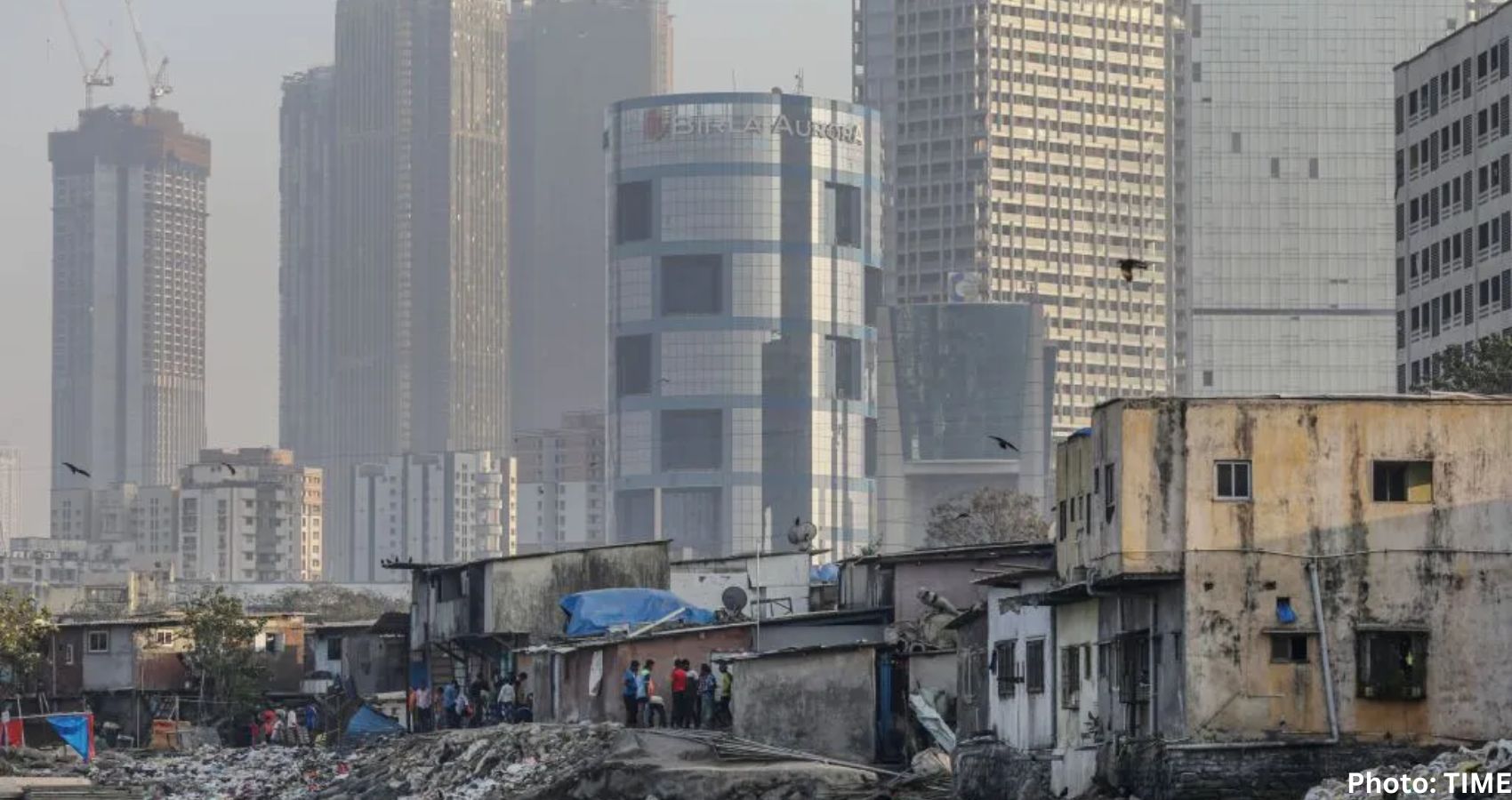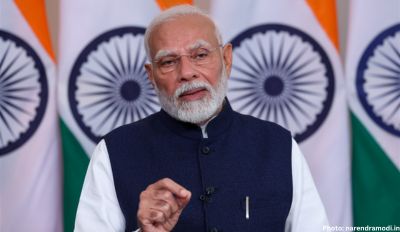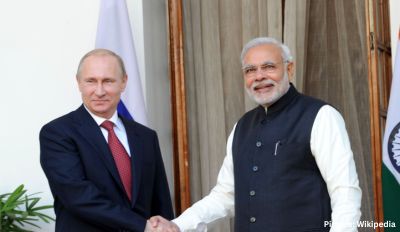A recent study conducted by the World Inequality Lab reveals a concerning trend regarding income inequality in India, attributing it to the booming era of Indian billionaires. The study, co-authored by esteemed economist Thomas Piketty, indicates that India’s income inequality has now reached unprecedented levels, surpassing even countries like the U.S., Brazil, and South Africa. Surprisingly, the distribution of income in India appears to have been more balanced during British colonial rule compared to the current scenario.
In 2023 alone, India witnessed the addition of 94 new billionaires, bringing the total count to 271, as reported by the Hurun Research Institute’s 2024 global rich list. This surge in billionaire numbers is second only to the United States, collectively amassing wealth nearly equivalent to 7% of the world’s total wealth. Notably, prominent Indian magnates like Mukesh Ambani, Gautam Adani, and Sajjan Jindal are now rubbing shoulders with the likes of Jeff Bezos and Elon Musk, signifying their global economic influence.
The study’s authors express a striking sentiment, likening the contemporary Indian billionaire realm to the era of British colonial rule, dubbing it “The Billionaire Raj.” This observation starkly contrasts with India’s current economic status, celebrated for its robust 8% GDP growth, with forecasts suggesting a potential rise to become the world’s third-largest economy by 2027.
The research methodology employed by the World Inequality Lab involved analyzing India’s income and wealth distribution among the top 1%. Tracking data from as early as 1922, the study found that despite historical periods of high inequality during colonial rule, the top 1% held around 20 to 21% of the national income. Presently, this figure has escalated to 22.6%, underscoring the exacerbation of income disparity.
Similarly, wealth inequality has intensified over time. Starting from 1961, when the Indian government initiated large-scale household surveys on wealth, the study combined this data with information from the Forbes Billionaire Index. It revealed that the top 1% in India commands a staggering 40.1% of the national wealth, indicating a significant concentration of economic resources.
The meteoric rise in the number of Indian billionaires, from merely one in 1991 to 162 in 2022, has substantially amplified their collective net wealth share from under 1% to a substantial 25% of India’s net national income. This rapid accumulation of wealth has coincided with significant political and economic reforms since 2014, characterized by a centralized decision-making structure and a growing nexus between big business and government under the Bharatiya Janata Party’s rule.
The authors suggest that public investments in crucial sectors like health, education, and nutrition could potentially benefit average Indians and mitigate the widening wealth gap. Proposing a “super tax” of 2% on the net wealth of the wealthiest 167 Indian families in 2022-23, they argue that this measure could generate substantial revenue, facilitating vital public investments.
However, until such reforms are implemented, the authors caution against the looming threat of India sliding into plutocracy. They emphasize the importance of closely monitoring and challenging income and wealth inequality, pointing out the decline in the integrity of key institutions and economic data in India. They assert that India’s historical role as a beacon of integrity among post-colonial nations necessitates vigilant scrutiny of its economic disparities.











